Fire Prevention
This page and its references are meant to give a general overview of typical fire prevention topics. Fire Prevention starts with common sense and is everybody’s responsibility. We believe that education is the best way to prevent fires. However the content of this website is not an all-inclusive list but should rather provoke thoughts and highlight common problem areas.
The WWFC makes no claims, promises or guarantees about the accuracy, reliability, completeness, adequacy or timeliness of the content of this website and expressly disclaims liability for errors and omissions in the content of this website. The WWFC, its agencies, officers, agents and representatives shall not be held liable for any losses whatsoever caused by reliance upon the accuracy, reliability, completeness, adequacy or timeliness of such information. Any person who relies upon such information obtained from this system does so at his or her own risk.
Fire Response Territory: West Whiteland Fire Company
Fire Hydrant Locator - you can use this map to determine the number of miles from your house to the closest fire hydrant for your insurance policy.
View larger map
OPEN BURNING – is prohibited in West Whiteland Township.
Did you know…
.When something is burned, heat breaks down the material through a series of chemical reactions. The result is that many toxic chemicals, including dioxin and hydrogen chloride gas, may be released into the air. Smoke from open burning is made up of all the pieces of trash and chemicals that are incompletely broken down.
Burning household trash, packages containing vinyl, leaves, brush, and other vegetation releases at least seven known cancer-causing agents into the air, including one believed to be a major factor in lung cancer. Your family and neighbors may be inhaling these fumes.
Sparky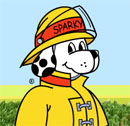
The official Sparky the Fire Dog® website allows kids to explore and learn about fire safety in a safe and interactive environment. Sparky the Fire Dog
Put a freeze on winter fires
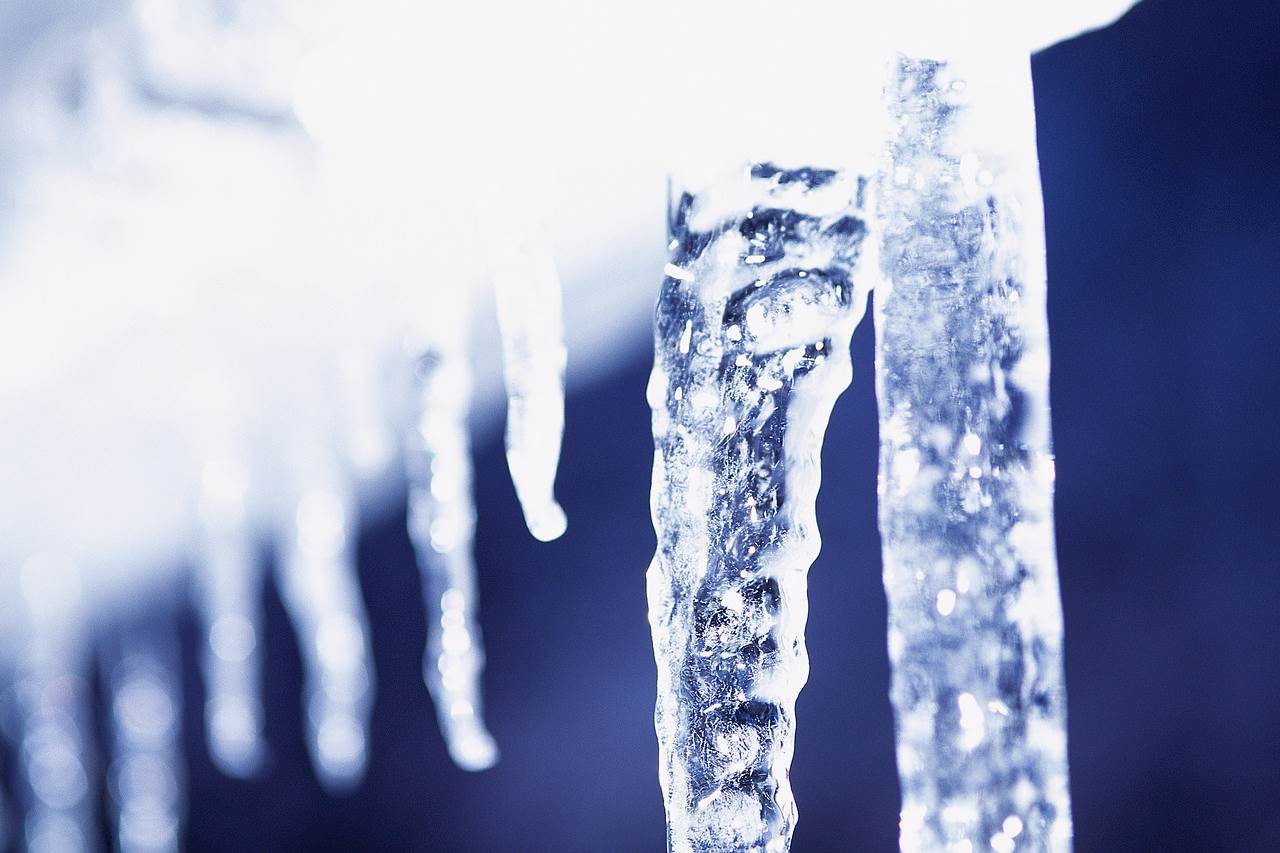
The United State Fire Administration (USFA) and National Fire Protection Association (NFPA) are working together to remind everyone that home fires are more prevalent in winter than in any other season. This is due in part to an increase in cooking and heating fires.
Read More...Source NFPA...
Christmas Tree Fires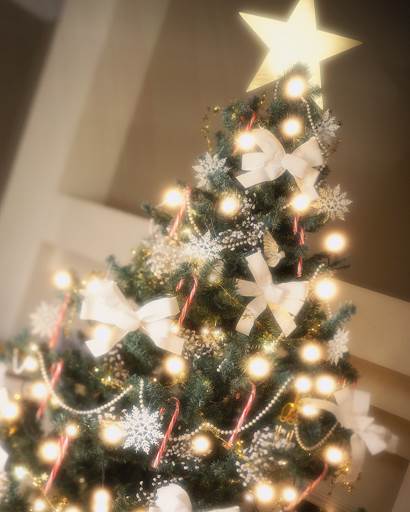
Carefully decorating Christmas trees can help make your holidays safer
Read More... Source NFPA
Source NFPA - Link to Youtube
Choose a tree with fresh, green needles that do not fall off when touched
Christmas Tree Saefty Sheet
Read More...Source NFPA
Carbon monoxide
Often called the silent killer, carbon monoxide is an invisible, odorless, colorless gas created when fuels (such as gasoline, wood, coal, natural gas, propane, oil, and methane) burn incompletely. In the home, heating and cooking equipment that burn fuel are potential sources of carbon monoxide. Vehicles or generators running in an attached garage can also produce dangerous levels of carbon monoxide.
Please check your Carbon Monoxide detector frequently. Refer to the manufacturer manual. If you do not have one, we strongly encourage you to acquire and install a detector
Read More...Source NFPA
Chimney Fires and Heating Safety
 In 2010, heating equipment was involved in an estimated 57,100 reported U.S. home structure fires, with associated losses of 490 civilian deaths, 1,530 civilian injuries, and $1.1 billion in direct property damage. The estimated home heating fire total was down 3% from the previous year and 75% from 1980. In 2010, heating equipment was involved in an estimated 57,100 reported U.S. home structure fires, with associated losses of 490 civilian deaths, 1,530 civilian injuries, and $1.1 billion in direct property damage. The estimated home heating fire total was down 3% from the previous year and 75% from 1980.
Read More... Source NFPA
US home heating fires still represent a leading cause of home fires and fatalities
It's never too early to begin preparing for the heating season. NFPA offers 10 tips to check off your list (PDF, 352 KB) and get ahead of the winter freeze.
Read More ...Source NFPA
Building Code
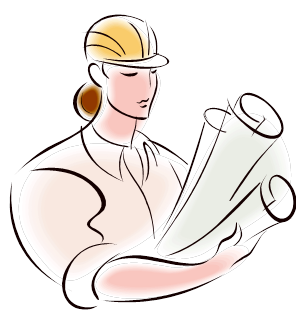 Definition: A building code, or building control, is a set of rules that specify the minimum acceptable level of safety for constructed objects such as buildings and nonbuilding structures. The main purpose of building codes are to protect public health, safety and general welfare as they relate to the construction and occupancy of buildings and structures. The building code becomes law of a particular jurisdiction when formally enacted by the appropriate authority. (Source Wikipedia) Definition: A building code, or building control, is a set of rules that specify the minimum acceptable level of safety for constructed objects such as buildings and nonbuilding structures. The main purpose of building codes are to protect public health, safety and general welfare as they relate to the construction and occupancy of buildings and structures. The building code becomes law of a particular jurisdiction when formally enacted by the appropriate authority. (Source Wikipedia)
Always follow the building code for any modifications, alteration or additions in your home.
Please consult your township code administration department for details. Always consult a certified professional for every type of work. Please keep in mind that the building code rules specify the MINIMUM acceptable level of safety!!
Burn Ordinance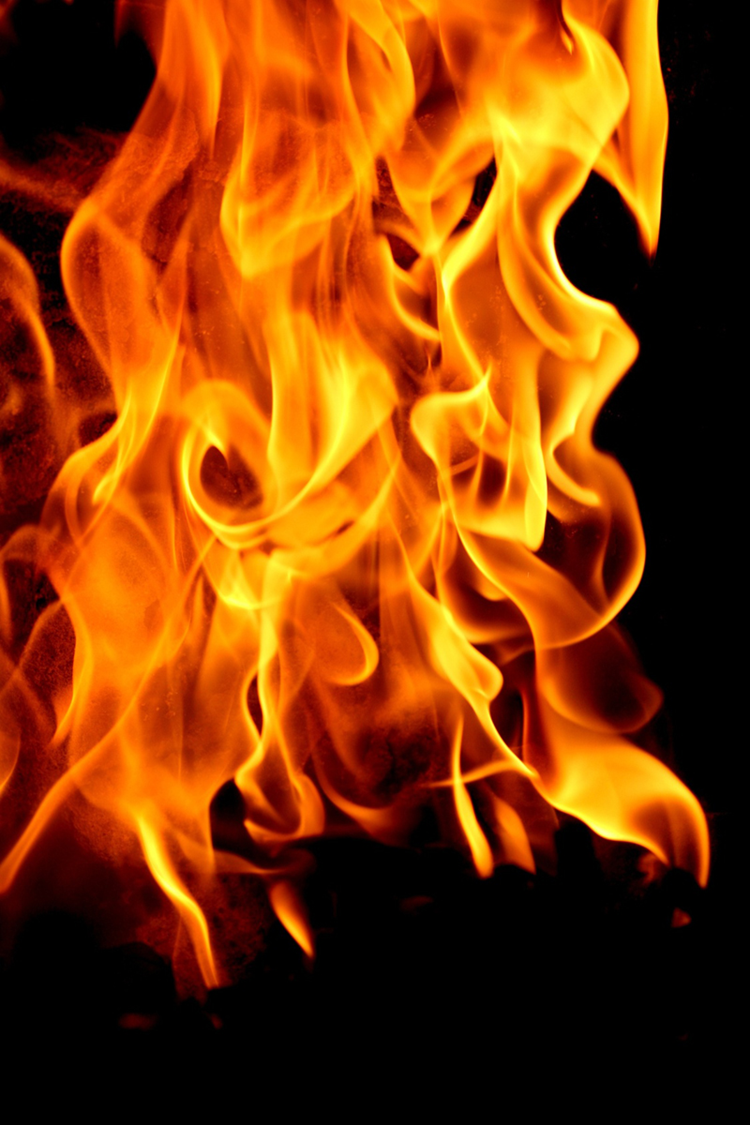
Most townships prohibit open fires in your backyard. Please refer to your township's burn ordinance.
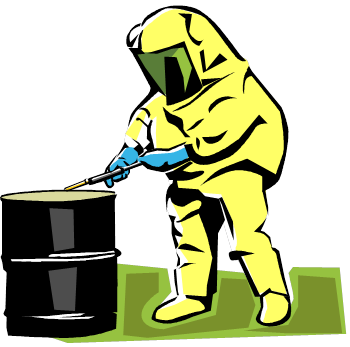 Chemicals Chemicals
Did you know that certain chemical reactions can create a fire. (Example: oil or other petroleum products and a rag can start a fire, do not throw a rag soaked with petroleum products into the trash can or inside your house and garage - dispose properly)
Store and dispose chemicals based on the manufacturers instructions. Keep all chemicals away from children and pets.
Dryer Fire
One of the most common causes of dryer fires is lack of maintenance or improper use. Lint traps need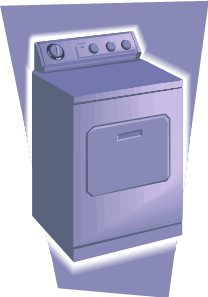 to be cleaned frequently, failure to do so can result in lint build-up in the screen or other areas which can cause the dryer to perform poorly, operate at elevated temperatures and possibly overheat. Vent systems must be checked and cleaned frequently. to be cleaned frequently, failure to do so can result in lint build-up in the screen or other areas which can cause the dryer to perform poorly, operate at elevated temperatures and possibly overheat. Vent systems must be checked and cleaned frequently.
Always refer to the manufacturer's manual and safety instructions.
Read More...NFPA.ORG
Electrical
 Installation, maintenance modifications and extensions of electrical systems must be performed by a licensed electrician. Failure to do so can result in catastrophe and poses an extreme threat to your health and safety. Installation, maintenance modifications and extensions of electrical systems must be performed by a licensed electrician. Failure to do so can result in catastrophe and poses an extreme threat to your health and safety.
Please consult your township code administration department for details.
The older your home the higher the chance that your electrical system is outdated (i.e. knob tube wiring) Electrical systems that have been installed decades ago were never designed to handle todays appliances and amount of electronic devises.
Please follow the manufacturers safety instructions for all electronic devices and appliances.
Please handle extension cords with care, check them frequently for any damage and never run them underneath a carpet or connect too many extension cords. Please do not overload extension cords and use the right extension cord for the right application (i.e. indoor vs. outdoor use)
Read More ... NFPA.ORG
Escape Plan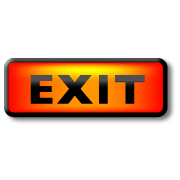
In the event of a fire, remember that every second counts, so you and your family must always be prepared. Escape plans help you get out of your home quickly. In less than 30 seconds, a small flame can get completely out of control and turn into a major fire. It only takes minutes for a house to fill with thick black smoke and become engulfed in flames.
Prepare and practice your fire escape plan twice a year with everyone in your household, including children and people with disabilities.
Please plan for alternative evacuation routes. Your best suited escape route might be blocked by fire or smoke.
Read More ... NFPA.ORG
Fire Extinguisher
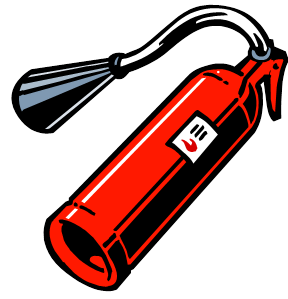 There are many fire extinguisher on the market. They all are designed for different purposes. We strongly encourage you to have several extinguisher available and accessible through your living space. Please keep in mind that you need to be able to get to the fire extinguisher quickly and that a fire, heat and smoke can prevent access. (i.e. a small kitchen fire extinguisher in a cabinet above the oven will be rendered useless if a frying pan is on fire) There are many fire extinguisher on the market. They all are designed for different purposes. We strongly encourage you to have several extinguisher available and accessible through your living space. Please keep in mind that you need to be able to get to the fire extinguisher quickly and that a fire, heat and smoke can prevent access. (i.e. a small kitchen fire extinguisher in a cabinet above the oven will be rendered useless if a frying pan is on fire)
Read More ...NFPA.ORG
Fire Place
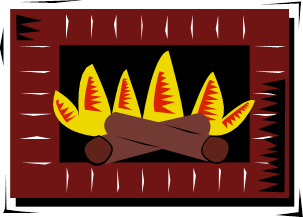 Chimney fires are a frequent occurrence in the winter time. Most fires are caused by failure to maintain your fireplace and chimney. Smoke is a product of incomplete combustion as the smoke exits the fireplace or wood stove, and flow up into the relatively cooler chimney, condensation occurs. The resulting residue that sticks to the inner walls of the chimney is called creosote. Creosote is black or brown in appearance. It can be crusty and flaky ... tar-like, drippy and sticky ... or shiny and hardened. Chimney fires are a frequent occurrence in the winter time. Most fires are caused by failure to maintain your fireplace and chimney. Smoke is a product of incomplete combustion as the smoke exits the fireplace or wood stove, and flow up into the relatively cooler chimney, condensation occurs. The resulting residue that sticks to the inner walls of the chimney is called creosote. Creosote is black or brown in appearance. It can be crusty and flaky ... tar-like, drippy and sticky ... or shiny and hardened.
Creosote is highly combustible. If it builds up in sufficient quantities - and catches fire inside the chimney flue- the result will be a chimney fire. Therefore we strongly advise to have your chimney and fireplace cleaned and inspected frequently by a professional. Also, not everything that can and will burn, should be burned in the fireplace (Examples are: plastics, wrapping paper, newspaper etc. ) Please burn the right fuel, certain woods will create more creosote than others and please note that chimney cleaning fire logs might not be sufficient. (please refer to manufacturers instructions). Dispose ashes properly, keep in mind that they can stay hot and re-ignite after several hours and sometimes days.
NFPA 211: Standard for Chimneys, Fireplaces, Vents, and Solid Fuel-Burning Appliances
Heating Fire....NFPA.ORG
Smoke
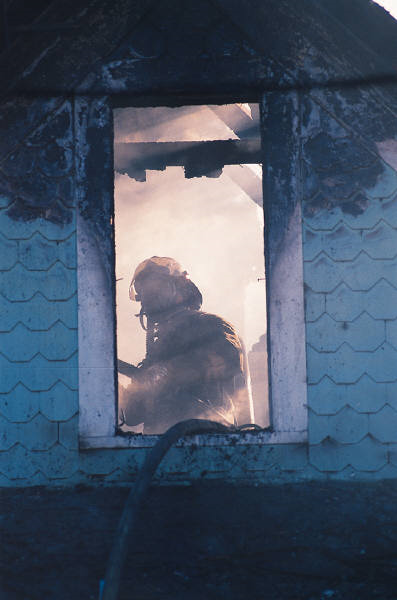 Smoke is a collection of airborne solid and liquid particulates and gases emitted when a material undergoes combustion or pyrolysis, together with the quantity of air that is entrained or otherwise mixed into the mass. It is commonly an unwanted by-product of fires (including stoves, candles, oil lamps, and fireplaces), Smoke is a collection of airborne solid and liquid particulates and gases emitted when a material undergoes combustion or pyrolysis, together with the quantity of air that is entrained or otherwise mixed into the mass. It is commonly an unwanted by-product of fires (including stoves, candles, oil lamps, and fireplaces),
Smoke from oxygen-deprived fires contains a significant concentration of compounds that are flammable. A cloud of smoke, in contact with atmospheric oxygen, therefore has the potential of being ignited – either by another open flame in the area, or by its own temperature.
Smoke inhalation can lead to incapacitation and loss of consciousness and eventually death. Smoke can obscure visibility, impeding occupant exiting from fire areas.
Smoke Detector
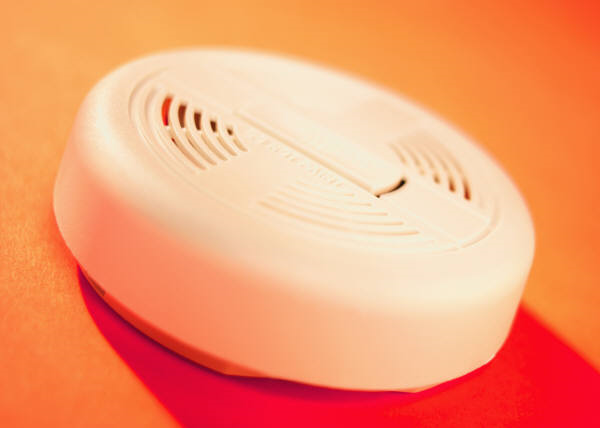 Please test your smoke detectors frequently. "Change time, change battery". Follow your townships code that specifies where smoke detectors have to be installed and follow the manufacturers installation guides. Keep in mind that smoke detectors are warning devices that may save your and your family's life and or property. Please test your smoke detectors frequently. "Change time, change battery". Follow your townships code that specifies where smoke detectors have to be installed and follow the manufacturers installation guides. Keep in mind that smoke detectors are warning devices that may save your and your family's life and or property.
Read More ... NFPA.ORG
The Furnace Room
Please do not use your furnace room as a storage room. Remove all combustible and other material from the immediate area around the furnace. Have your furnace checked and cleaned frequently by a professional and licensed contractor. Not only will it reduce the fire hazard but it might cut down your heating cost as well.
The Garage
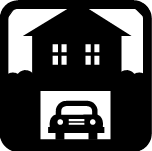 In today's world we do not only park our cars in the garage, we also use it as a storage room for all kind of stuff. This poses a serious threat, if the content is not stored correctly. Examples are chemicals, fuel, tools, boxes etc. etc. Your garage is therefore a common source of fires. Reduce the amount of materials to a minimum. Clean out your garage frequently. Your garage should have a firewall which will prevent the fire from spreading into your house quickly. Please be aware of fumes that are created by chemicals, fuel and running cars. You should never keep your car running in the garage and please keep in mind that hot exhaust and engine components can ignite materials and vapors. In today's world we do not only park our cars in the garage, we also use it as a storage room for all kind of stuff. This poses a serious threat, if the content is not stored correctly. Examples are chemicals, fuel, tools, boxes etc. etc. Your garage is therefore a common source of fires. Reduce the amount of materials to a minimum. Clean out your garage frequently. Your garage should have a firewall which will prevent the fire from spreading into your house quickly. Please be aware of fumes that are created by chemicals, fuel and running cars. You should never keep your car running in the garage and please keep in mind that hot exhaust and engine components can ignite materials and vapors.
Read More about Gasoline and Propane on NFPA.ORG
The Kitchen
 Kitchen fires are very common for various reasons…. An unattended stove, grease fires, oven fires and sometimes a missing smoke detector. (burned food and steam set of smoke detectors quickly. Please do not remove or deactivate your smoke detector for that reason. There are special smoke detector available for the kitchen area.) Kitchen fires are very common for various reasons…. An unattended stove, grease fires, oven fires and sometimes a missing smoke detector. (burned food and steam set of smoke detectors quickly. Please do not remove or deactivate your smoke detector for that reason. There are special smoke detector available for the kitchen area.)
Also keep combustible material away from the stove. Especially during the holiday season some people tend to decorate their kitchen including the immediate areas around the oven.
Please keep your oven clean, not only will your food taste better but a build up of grease is nothing else then fuel waiting to burn. If the temperature reaches the ignition point than your oven will go up in flames.
Read More... NFPA.ORG
Wild land \ Brush
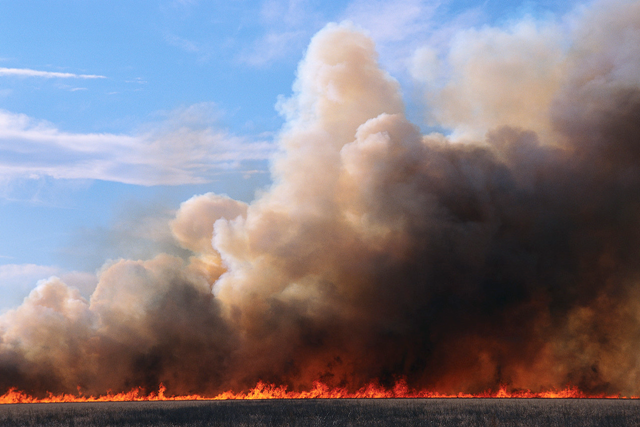 We have all seen the devastation that wild land fires can cause. Even though they can occur naturally (i.e. lighting strike) most wild land fires are caused by humans. Never throw cigarettes out of the car or smoke in a brush or forest area. Camp fires and bond fires are another reason for wild land and brush fires. Most townships prohibit those kind of fires, even in your backyard. Please refer to your township's burn ordinance. We have all seen the devastation that wild land fires can cause. Even though they can occur naturally (i.e. lighting strike) most wild land fires are caused by humans. Never throw cigarettes out of the car or smoke in a brush or forest area. Camp fires and bond fires are another reason for wild land and brush fires. Most townships prohibit those kind of fires, even in your backyard. Please refer to your township's burn ordinance.
Did you know that an amber can travel up to a mile.
Read More....NFPA.ORG
| 
